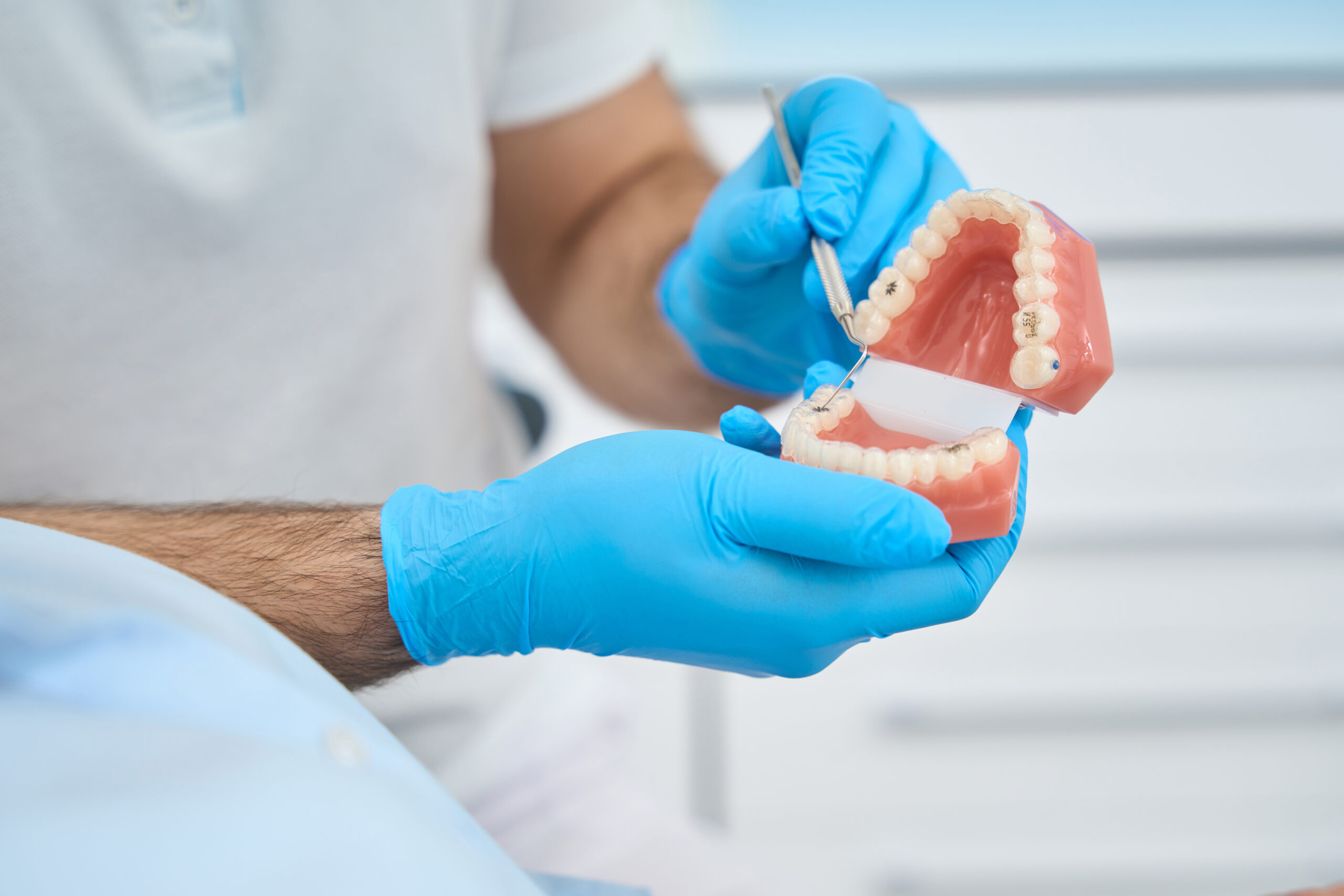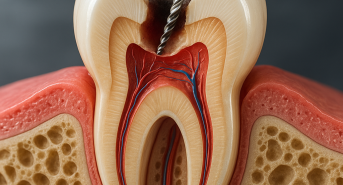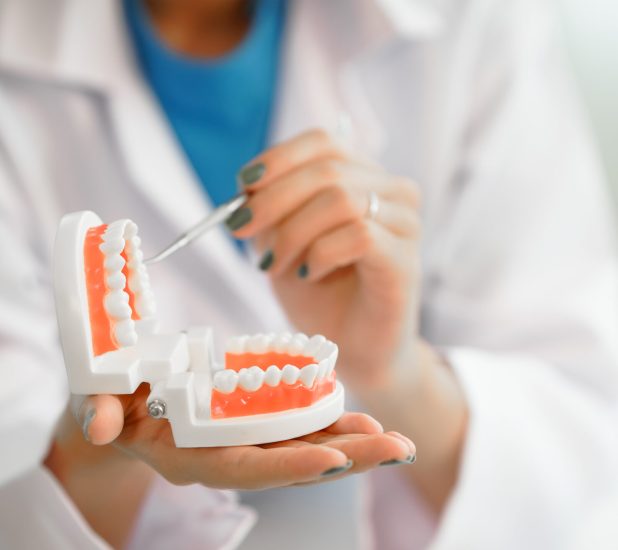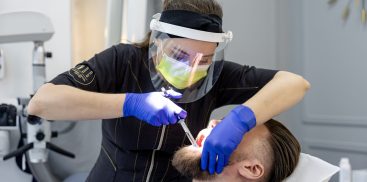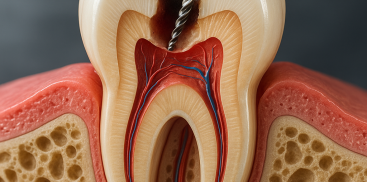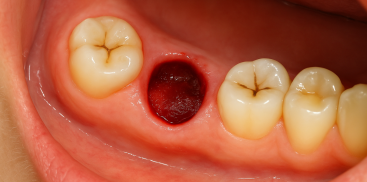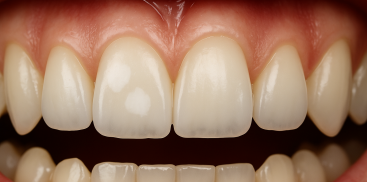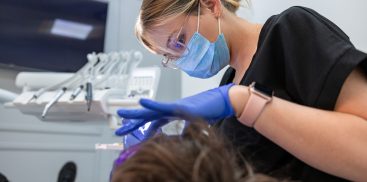Missing teeth can be a problem that not only affects appearance but also daily functioning. Eating, self-confidence, and social relationships can suffer. In such situations, dentures provide an effective solution, restoring not only functionality but also aesthetics. Telescopic dentures are one such option, providing exceptional stability and wearing comfort.
Types of Dentures
When choosing dentures, it is important to consider the fit to the oral cavity shape, comfort of use, and durability. Among various types of dentures such as telescopic dentures, acrylic dentures, and skeletal dentures, each has its advantages and applications.
- Telescopic Dentures consist of two crowns, providing stability and flexibility in use.
- Acrylic Dentures rest on the gums and are movable, making them comfortable for daily use.
- Skeletal Dentures, composed of metal or acrylic parts, provide greater stability due to special clasps and snaps, translating to better patient comfort.
Choosing the right type of denture should be carefully considered, taking into account the patient’s needs and expectations as well as the dentist’s recommendations.
How Do Telescopic Dentures Work?
Telescopic dentures are based on an innovative system of two crowns. The first, immovable crown, is permanently attached to the patient’s natural teeth or implants after proper preparation by the dentist. This element, made of metal or ceramic, forms the foundation of the denture. The second, movable part called the outer crown, is mounted on this crown. Typically made of metal and covered with a layer of porcelain or composite, this part connects the denture to the natural teeth.
Who Should Consider Telescopic Dentures?
Telescopic dentures are recommended for people with severely worn front teeth and those who suffer from a lack of side teeth or periodontal disease. Especially in the case of patients with periodontitis, the denture plays a stabilizing role for loose teeth, helping to maintain their proper position.
Telescopic Dentures – Definition, Benefits, and Drawbacks
Telescopic dentures are an alternative with significant durability and longer lifespan compared to acrylic dentures. Their advantages include stable fitting in the oral cavity and excellent adaptation, reducing the risk of displacement or dislodgement during use. Patients quickly adapt to them, and due to the smaller denture base, they have a better sense of taste of foods. Additionally, telescopic dentures do not burden abutment teeth and provide protection against tooth decay, maintaining a natural appearance.
However, it should be noted that using this type of denture requires special attention to oral hygiene to avoid inflammation and periodontal diseases. Regular dental check-ups every six months are essential. A drawback of telescopic dentures is also their higher cost compared to traditional dentures.
Various Types of Dentures: Acetal, Nylon, Akron
Depending on the manufacturing technology, three main types of dentures are distinguished:
- Acetal Denture – characterized by flexibility and bending resistance. Made of material allowing for perfect adaptation to the shape of the oral cavity and color matching with the dentition. Not recommended for complete toothlessness.
- Nylon Denture – made of elastic, lightweight material, ensures excellent fit and aesthetics. Clasps for attachment are available in tooth color, making the denture discreet. It can be an alternative to acrylic dentures.
- Akron Denture – made of thermoplastic acronite, it is characterized by high durability and user comfort. It perfectly matches the patient’s natural teeth, providing an aesthetic effect.
The Best Denture for Young Individuals
For young individuals, the best solution is a fixed denture anchored on implants, guaranteeing durability and aesthetics. Alternatively, some may opt for crown-root inserts. Removable dentures, although cheaper, are often not preferred by young patients due to discomfort during use.
